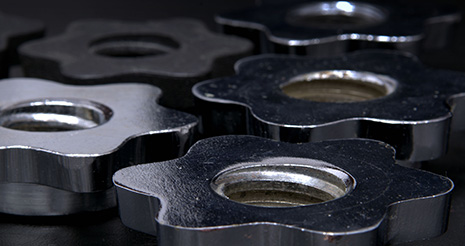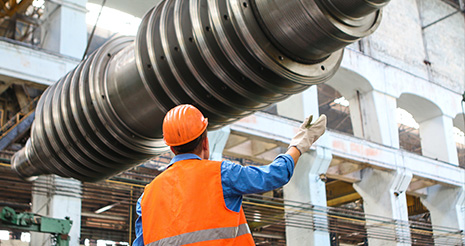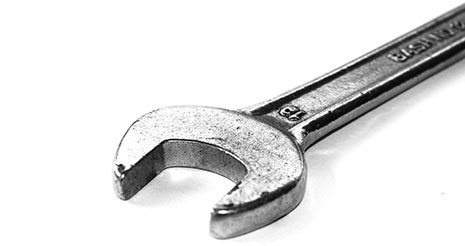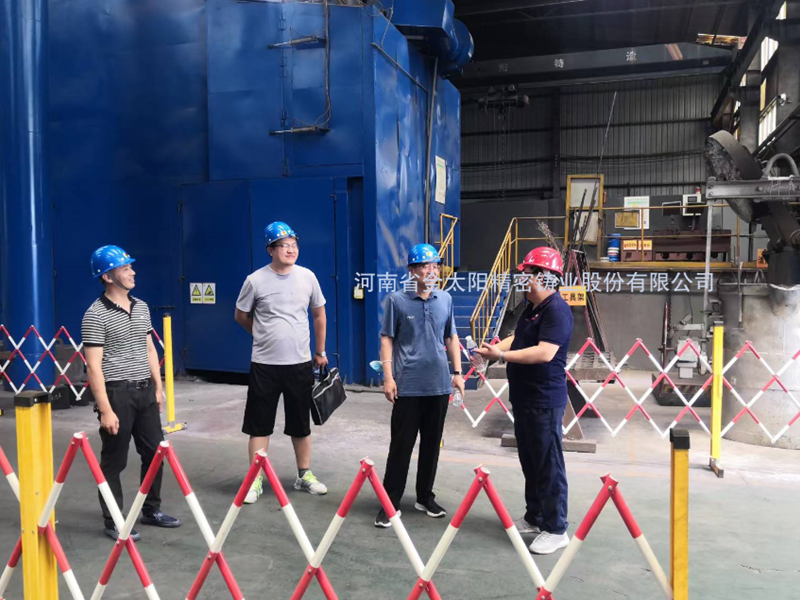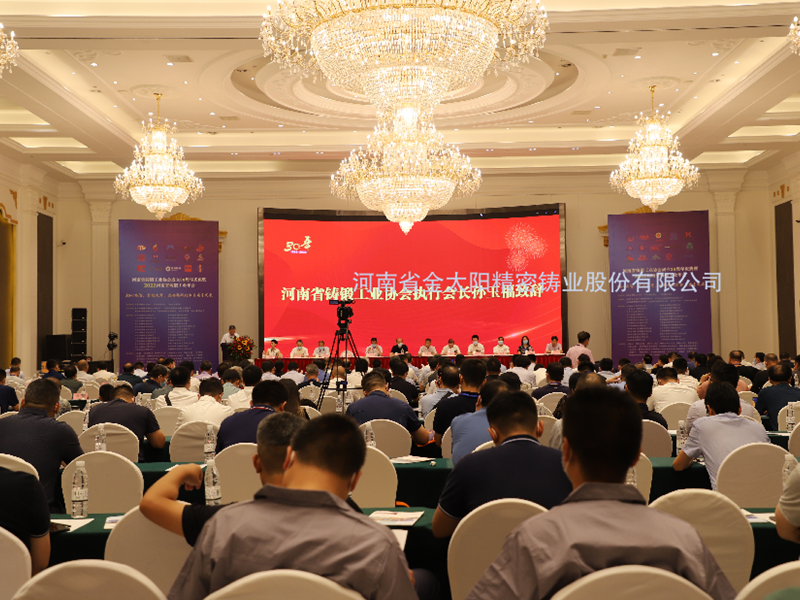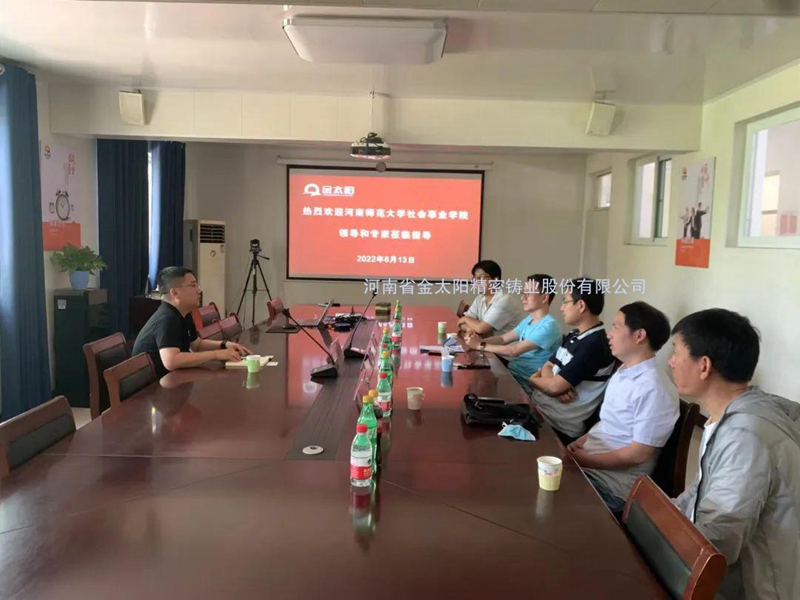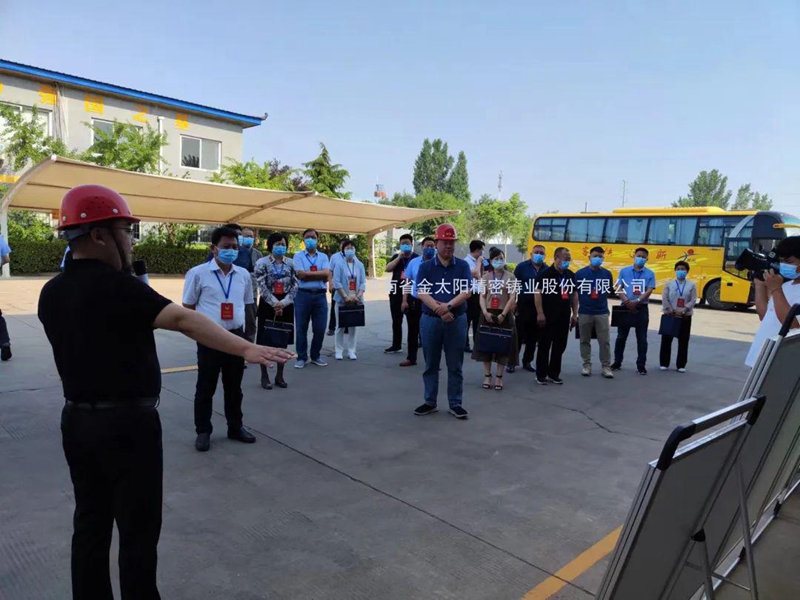In a broad sense, machine tools refer to the equipment used for turning, milling, planing, grinding, sawing, cutting and other metal cold working. Take the vertical milling machine as an example, its basic components are generally the base, column, beam, workbench, sliding saddle, spindle box, motor base, power box and other structures.
Structural characteristics of machine tool castings:
① The structure is complex, generally designed as a frame box structure, and the whole body is processed. Even for simple workbenches, the bottom and top surfaces of workbenches need to be machined, so it is difficult to design the casting process.
② High stealth requirements. Many people think that machine tools are stupid and have no technical content. In fact, the invisible technology requirements of machine tool castings are very high. For example, the hardness difference of the base, workbench, sliding saddle and other parts with guide rails is within 25HB, while the hardness difference of hard rail products is within 5-20HB. The hardness requirement of 170-210HB can be easily achieved, but it is difficult for ordinary small plants to have enough capacity to ensure the stability of mass production. Another hard requirement of the guide rail is that repair welding is not allowed. For example, castings such as power box require pressure and leakage test.
Because of the cutting speed in high-speed machining, the feed speed and the acceleration and deceleration are very large. The heat of the machine tool and the inertia of the moving parts are very large, which is easy to lead to excessive temperature rise of the machine tool structure, impact of thermal deformation, and affect the machining accuracy.
Therefore, the machine tool structure castings generally adopt gray cast iron to meet the performance requirements. At the same time, the damping performance of gray cast iron is good, and the heat dissipation of flake graphite is good. Good processing performance, no hard spots are allowed. The graphite morphology is homogeneous and non directional A-type graphite.
With the progress of technology, more and more people realize the advantages of special cast iron in machine tool castings, such as nodular cast iron, vermicular cast iron, microalloyed gray cast iron, etc.
③ There are many rib plates in the inner cavity, and some rib plates are designed as included angle. There are many slits. According to the full mold casting process flow, it is difficult to paint, mold sand and clean.
④ The wall thickness is uneven, and the rib plate is only 15-20mm thin, while the guide rail and other parts can reach more than 100mm locally. When EPC process is adopted, the molten iron will dissipate heat quickly and lose more temperature, which will lead to defects such as poor gasification and slag inclusion, which can not be avoided.
⑤ There are many large planes, and the ratio of length to height is very different, which is easy to deform. When large plane bottom injection is used for production, the gas is not discharged smoothly, which is easy to cause defects such as expansion box and air hole.
Advantages of using resin sand solid mold to cast machine tool castings:
1. The use of resin sand has good molding stiffness, which makes the sand mold have high strength at the initial stage of casting, which is conducive to graphitization expansion during the solidification process of cast iron, and can effectively eliminate shrinkage cavity and porosity defects of the blank, so as to achieve less riser and no riser casting of castings.
2. Polystyrene foam pattern is widely used in casting production, and furan resin self hardening sand is used for molding. When the metal liquid is poured into the resin sand casting mold, the foam plastic pattern quickly vaporizes, burns and disappears under the action of the high temperature and high pressure metal liquid. The metal liquid replaces the position occupied by the original foam plastic, and forms a casting with the same shape as the foam pattern after cooling and solidification.
3. Relatively speaking, resin bonded sand lost foam casting has great advantages over traditional sand mold in the production of single or small batches of automobile panels, machine tool bed, etc. It not only saves the expensive mold cost of the manufacturer, but also is easy to operate, shortens the production cycle, improves the production efficiency, produces castings and machine tool castings with high dimensional accuracy, small machining allowance, and good surface quality.
However, in actual production, there are still many quality problems in machine tool castings produced by solid resin sand process. Mainly reflected in:
① The matrix structure and graphite morphology are poorly controlled, the hardness is uneven, and the processing property is poor.
② There are many casting defects, and the defects such as porosity and slag inclusion cannot be eliminated.
③ The inner cavity is seriously sticky and difficult to clean.
④ The concept is backward, and the machine tool castings are always regarded as stupid iron lumps. There is little research on materials, processes, etc.
Precautions for gating system design:
① The pouring system of machine tool bed parts should not use the deluge gating system, because the deluge ingate is distributed throughout the length of the guide rail of the machine tool body, and it is a semi closed gating system. Because the runners are scattered, and there are too many 90 degree turns in the gating system, the flow rate of the metal liquid in the gating system is small, especially the pressure at the outlet of the ingate is small, the flow rate is low, and because the ingate is dispersed, the temperature of the metal liquid drops more, so during the pouring process, When the metal liquid flows to the back part of the mold cavity, the temperature has dropped too much, and the gas and slag cannot float out in time. Therefore, a large area of subcutaneous air holes, slag holes, insufficient pouring and other defects occur at the back part (the junction part of the bed head) where the metal liquid reaches.
② The position of the ingate shall not make the metal liquid turn sharply in the mold cavity, so as to avoid reducing the flow rate due to excessive resistance. The position of the ingate shall make the metal liquid flow smoothly in the mold cavity and facilitate the exhaust and slag discharge.
③ An ingate or a water outlet shall be set at the part where the metal liquid is easy to produce dead corner or eddy current in the mold cavity.
The following four points should be paid attention to when pouring machine tool castings:
① At the beginning of pouring, the method of small flow and slow pouring can be adopted. After the pouring system is filled with liquid metal, the pouring speed can be increased as fast as possible, but the criterion is that the metal in the pouring cup is full without overflowing. This can effectively avoid the phenomenon of choking and splashing of molten metal when the straight gate is not full or the static head of molten metal is less than the gas pressure of polystyrene decomposition products at the beginning of pouring, especially at the moment when the molten metal just contacts the foam plastic.
② The pouring process cannot be interrupted. During EPC casting pouring, metal liquid must be continuously injected until the mold is fully filled. Otherwise, it is easy to cause cold shut defects on the whole plane of the casting at the standstill.
③ At the later stage of pouring, when the liquid metal reaches the top of the pattern or the root of the riser, it is slightly necessary to pack to keep the metal rising steadily and not cause the liquid metal to rush out of the riser.
④ The bottom injection package shall be selected as far as possible. The heat loss of the molten metal in the bottom pouring ladle is small, the pressure head is large, and the pouring speed is fast. The slag floats on the upper surface of the molten metal, and the molten iron is relatively clean. Restricted by equipment conditions, subcontracting pouring can also be used for some small and medium-sized machine tool castings with low requirements.
At present, there is no major technical breakthrough in the production of machine tool castings by resin sand compaction process. Many manufacturers feel good about themselves, just because the products are relatively low-end. Putty scraping and repair welding are carried out by many people, while the main engine factory is also turning a blind eye. As long as there is no problem in the key parts, it will be the same.


